Clonidine Tablets
$50.00 – $150.00
Clonidine Tablets
Clonidine is a medication primarily used to treat high blood pressure (hypertension).
However, it also has several other medical uses, including the treatment of attention deficit hyperactivity disorder (ADHD), menopausal flushing, opioid withdrawal, and certain pain conditions.
Clonidine Tablets
Clonidine is a medication primarily used to treat high blood pressure (hypertension).
However, it also has several other medical uses, including the treatment of attention deficit hyperactivity disorder (ADHD), menopausal flushing, opioid withdrawal, and certain pain conditions.
Here are some key points about clonidine tablets:
- Blood Pressure Regulation: Clonidine works by stimulating certain receptors in the brain called alpha-2 adrenergic receptors. This stimulation leads to a decrease in sympathetic nervous system activity, resulting in vasodilation (the widening of blood vessels) and a subsequent decrease in blood pressure.
- Hypertension Treatment: Clonidine is often prescribed to manage hypertension when other medications have not been effective or are not suitable. It can be used alone or in combination with other anti-hypertensive drugs. It’s typically taken orally in tablet form, with dosages ranging from 0.1 mg to 0.3 mg, usually two or three times a day.
- ADHD Treatment: Clonidine is sometimes used off-label to treat ADHD, particularly in children who cannot tolerate stimulant medications or who have coexisting conditions such as tics or anxiety. It’s usually prescribed as an adjunctive treatment to stimulant medications. The dosage for ADHD treatment may be lower than that used for hypertension and is titrated based on individual response and tolerability.
- Menopausal Flushing: Clonidine may be prescribed to alleviate the hot flashes and flushing associated with menopause. It’s thought to work by reducing the release of certain neurotransmitters involved in temperature regulation. The dosage for menopausal flushing is typically lower than that used for hypertension.
- Opioid Withdrawal: Clonidine can help manage withdrawal symptoms in individuals undergoing detoxification from opioids. It’s not a primary treatment for opioid addiction but can be used to alleviate symptoms such as anxiety, agitation, sweating, and muscle aches during the withdrawal process. The dosage for opioid withdrawal is usually higher than that used for other indications and is often administered via transdermal patches.
- Side Effects: Common side effects of clonidine may include drowsiness, dry mouth, constipation, dizziness, and fatigue. More serious side effects, such as hypotension (low blood pressure), bradycardia (slow heart rate), and rebound hypertension, can occur, especially with abrupt discontinuation of the medication. It’s important to take clonidine exactly as prescribed and to follow any dosage adjustments or discontinuation protocols provided by your healthcare provider.
If you have any questions or concerns about clonidine or its use, it’s important to discuss them with your healthcare provider. They can provide personalized guidance based on your individual medical history and the specific circumstances of your treatment.
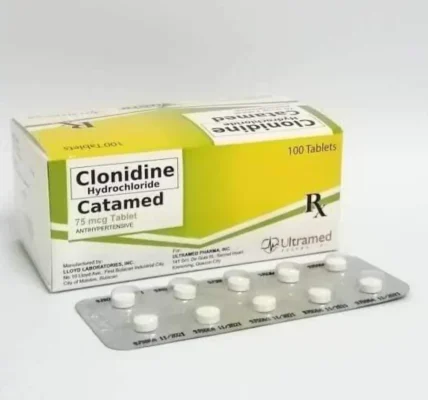
| Amount | 100 pills, 30 pills, 60 pills |
|---|
Reviews
There are no reviews yet.
Related products
Hallucinogens
Pills
Pills
Pills
Pills
Pills
Pills

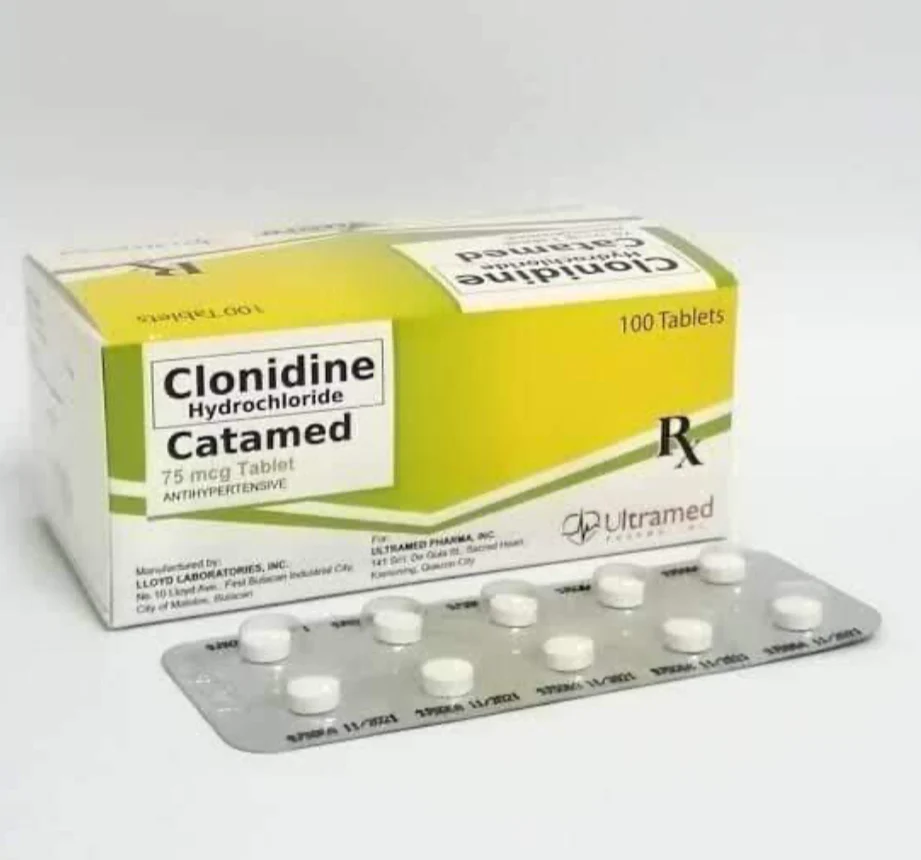
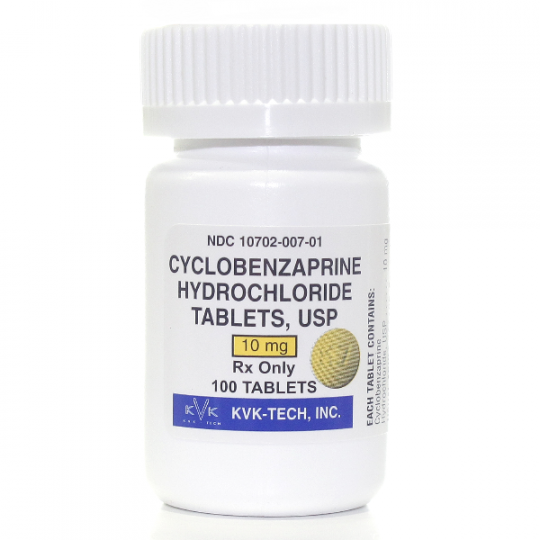
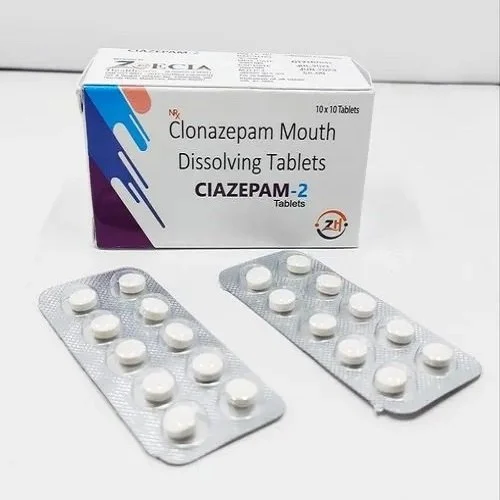






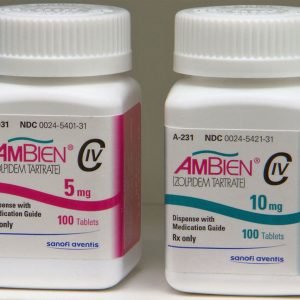

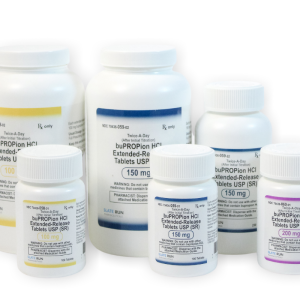
Be the first to review “Clonidine Tablets”